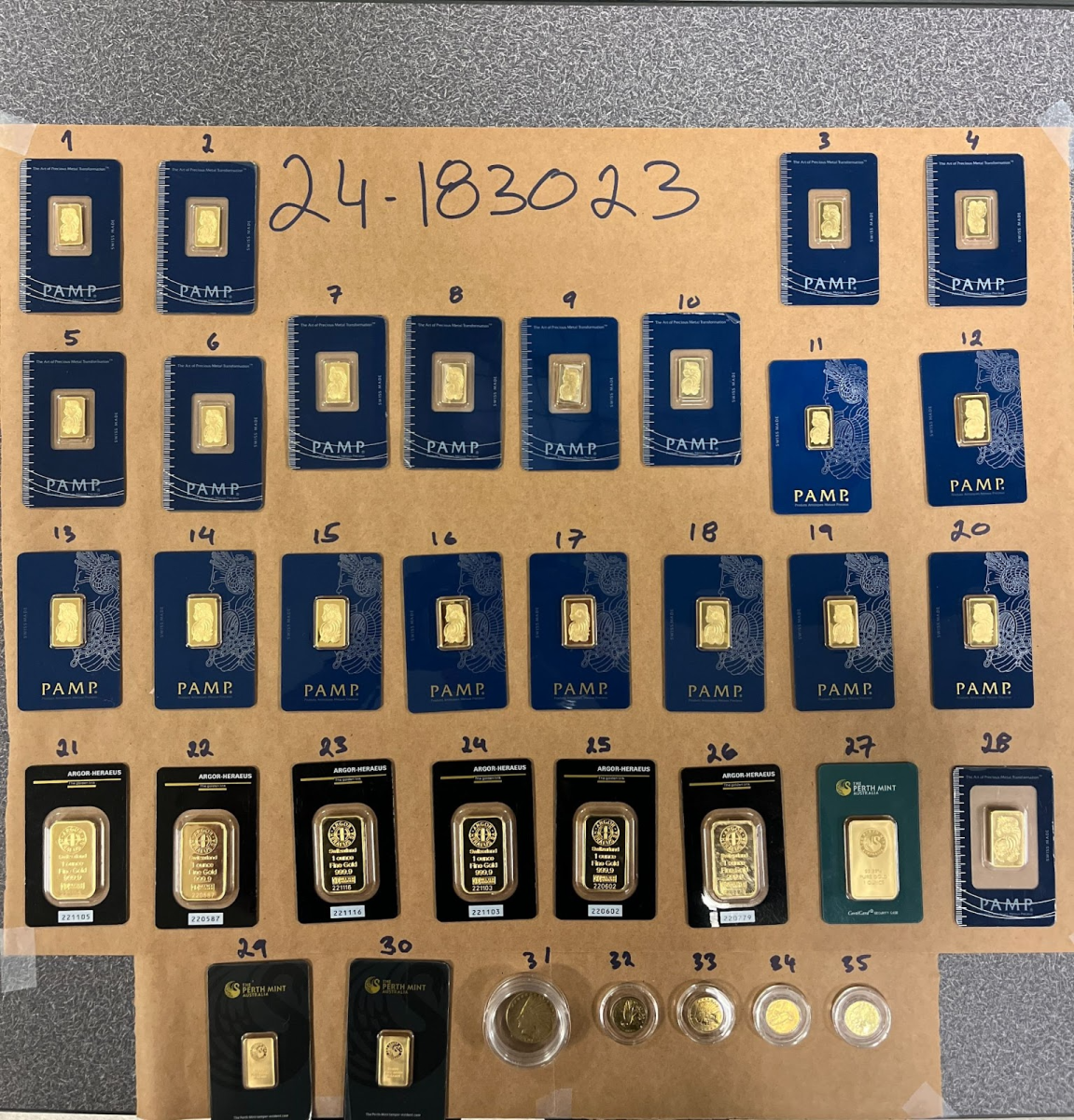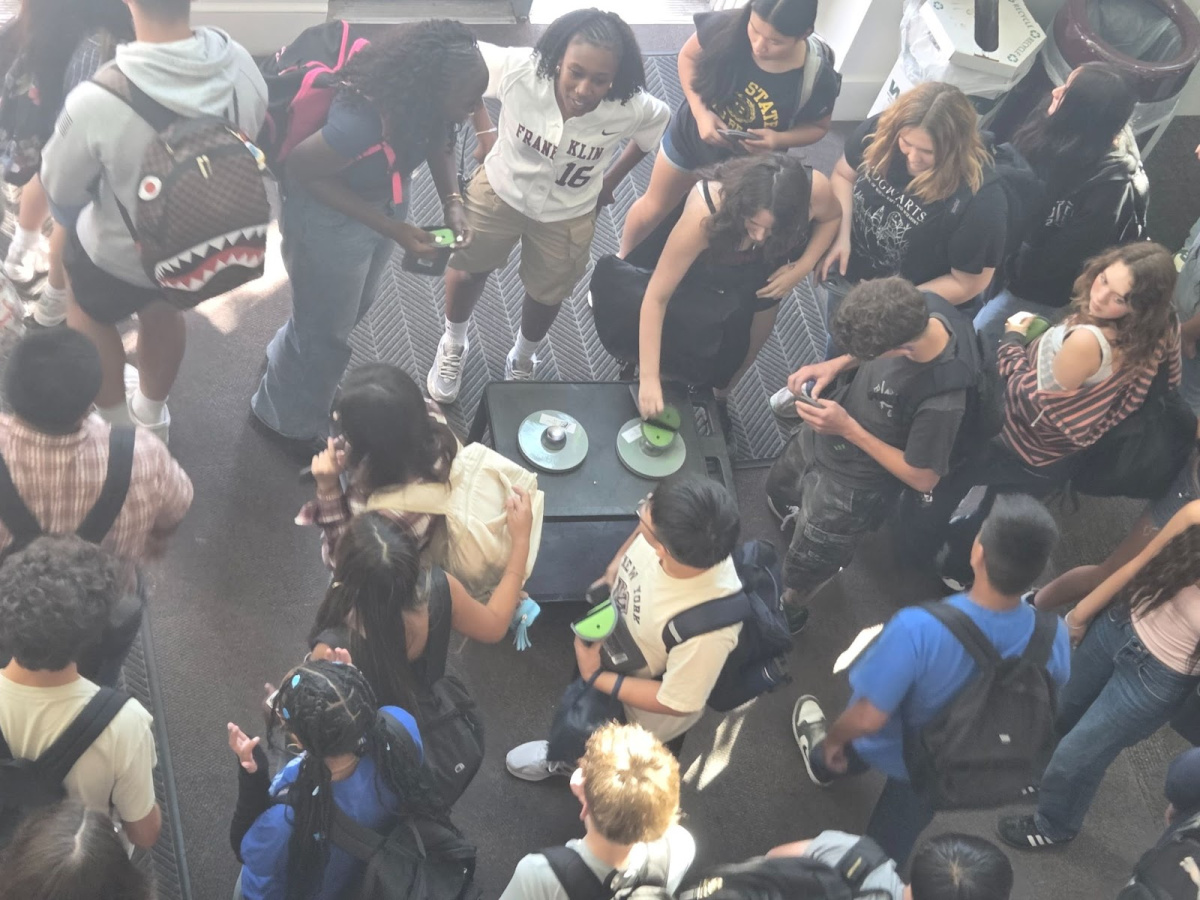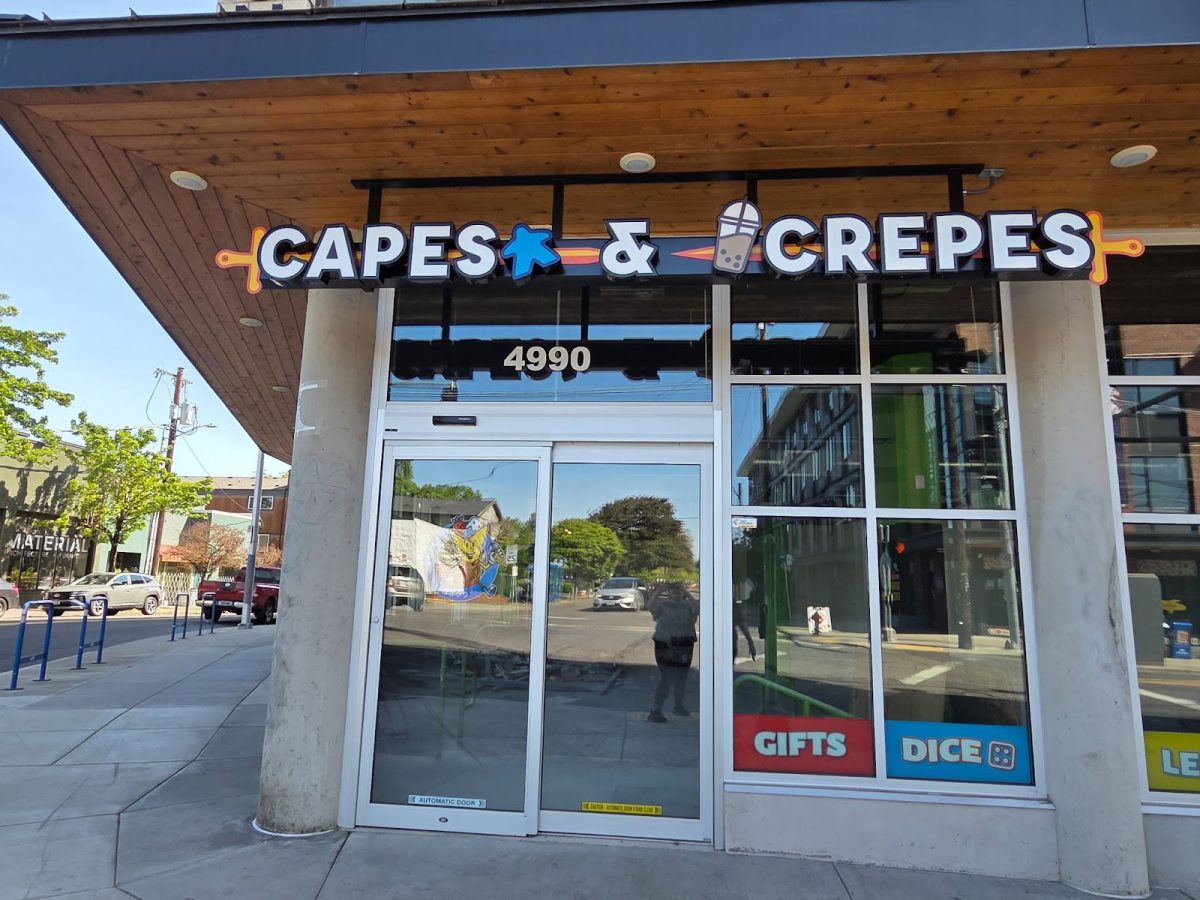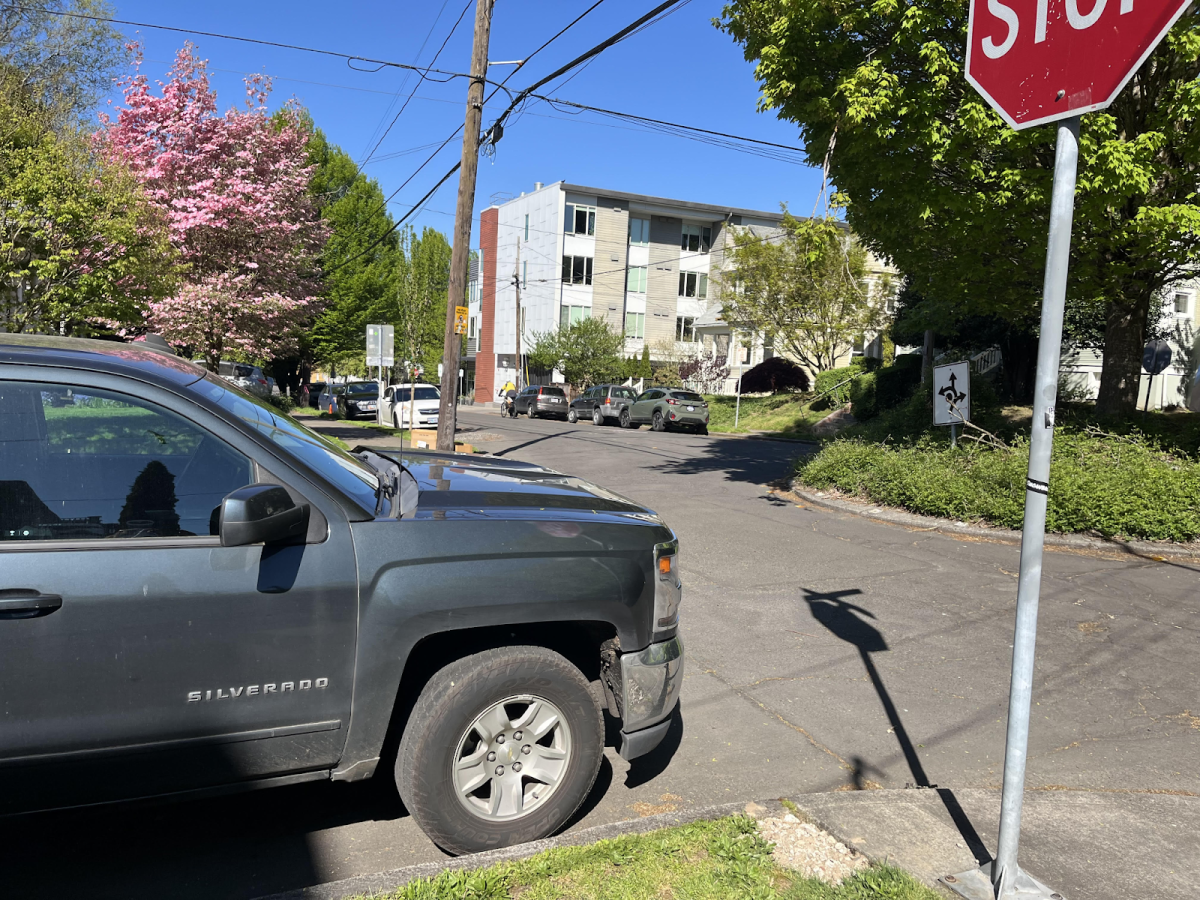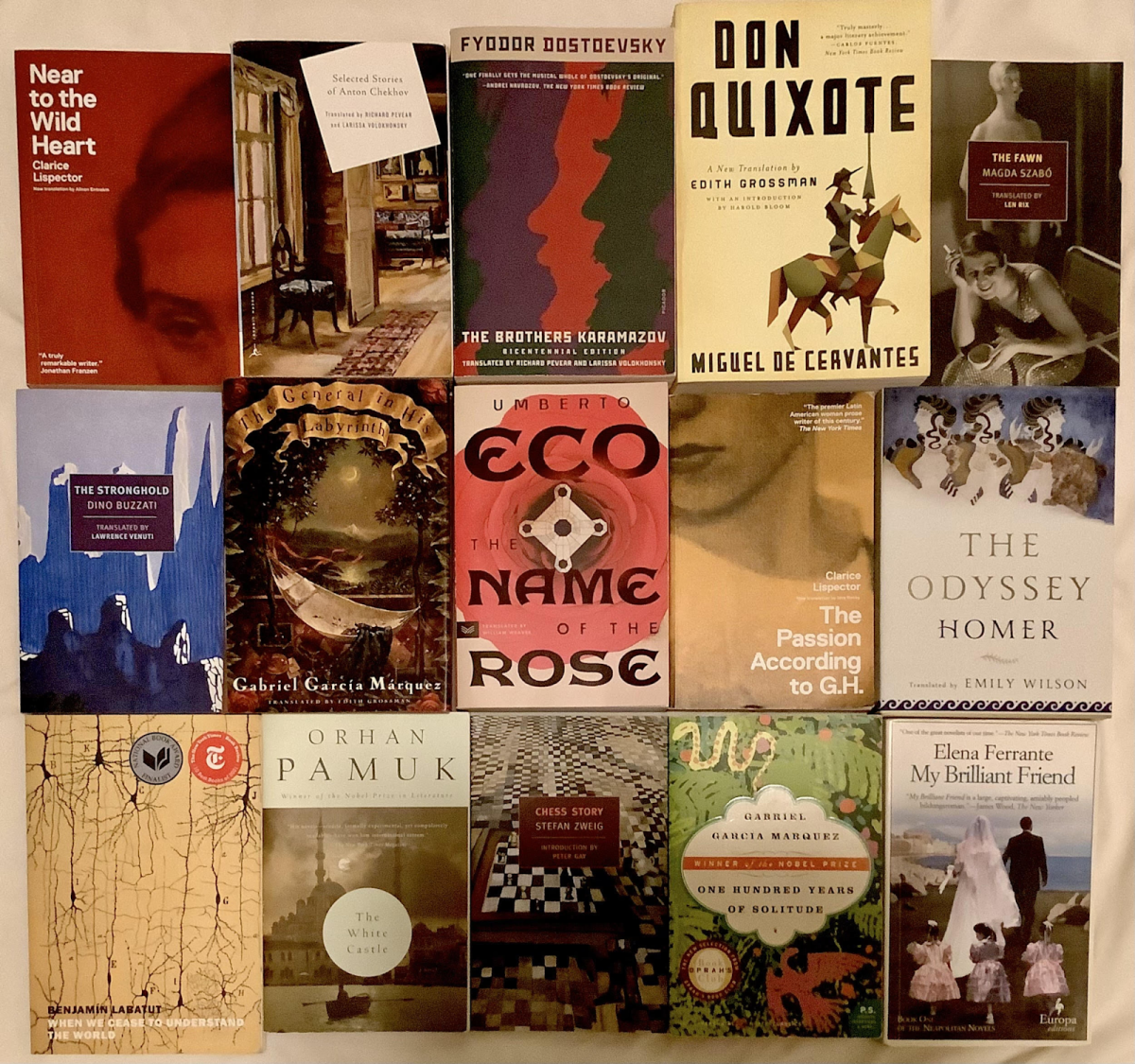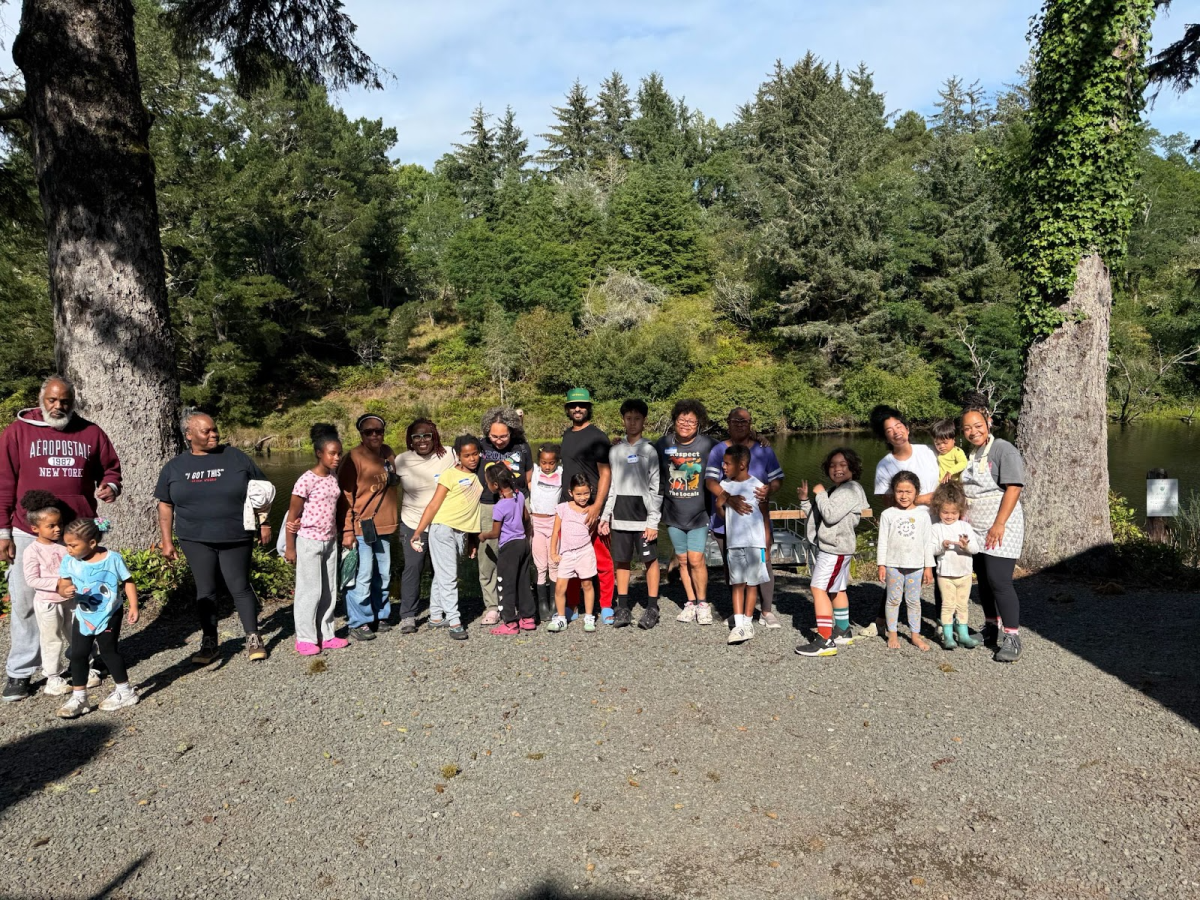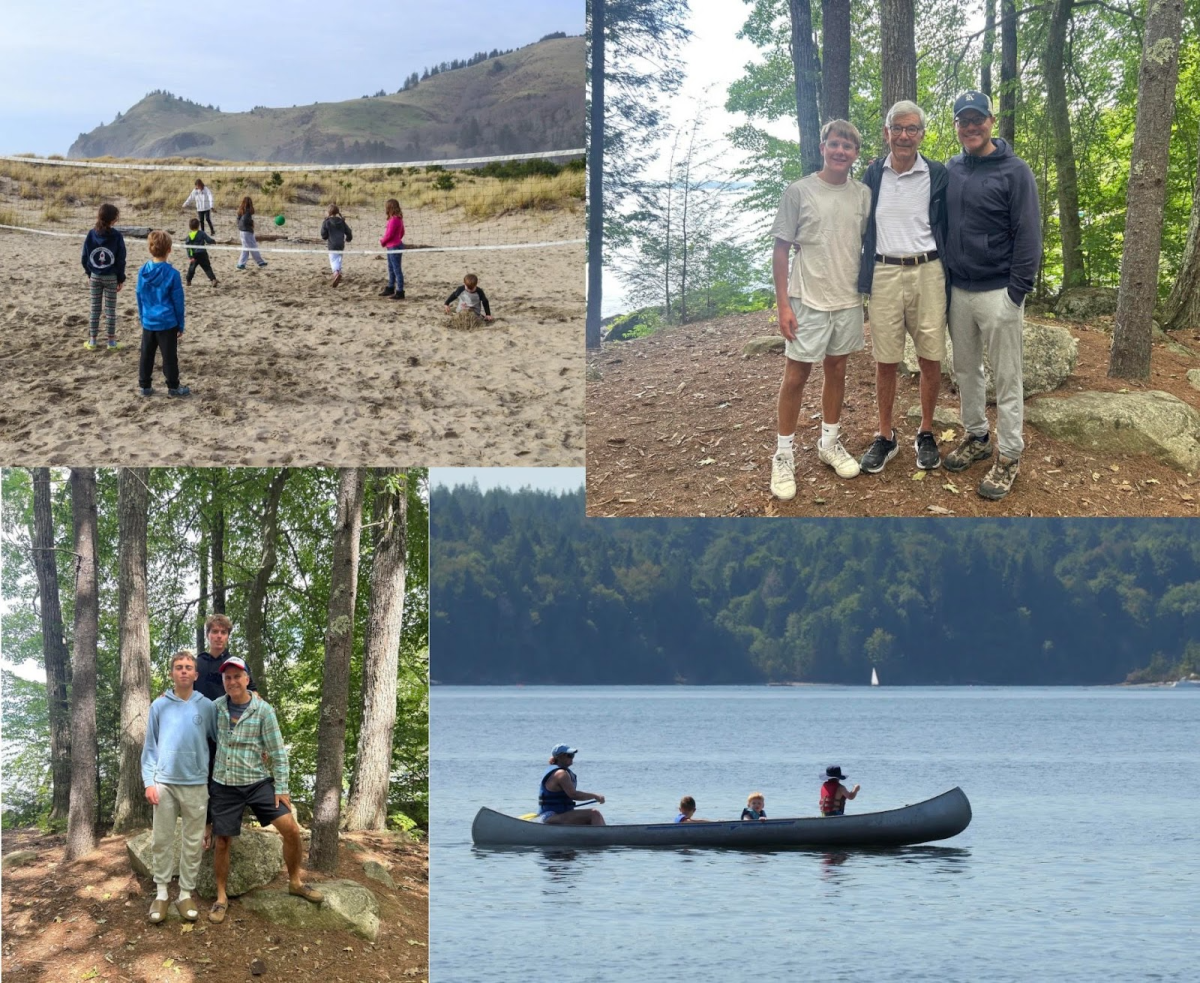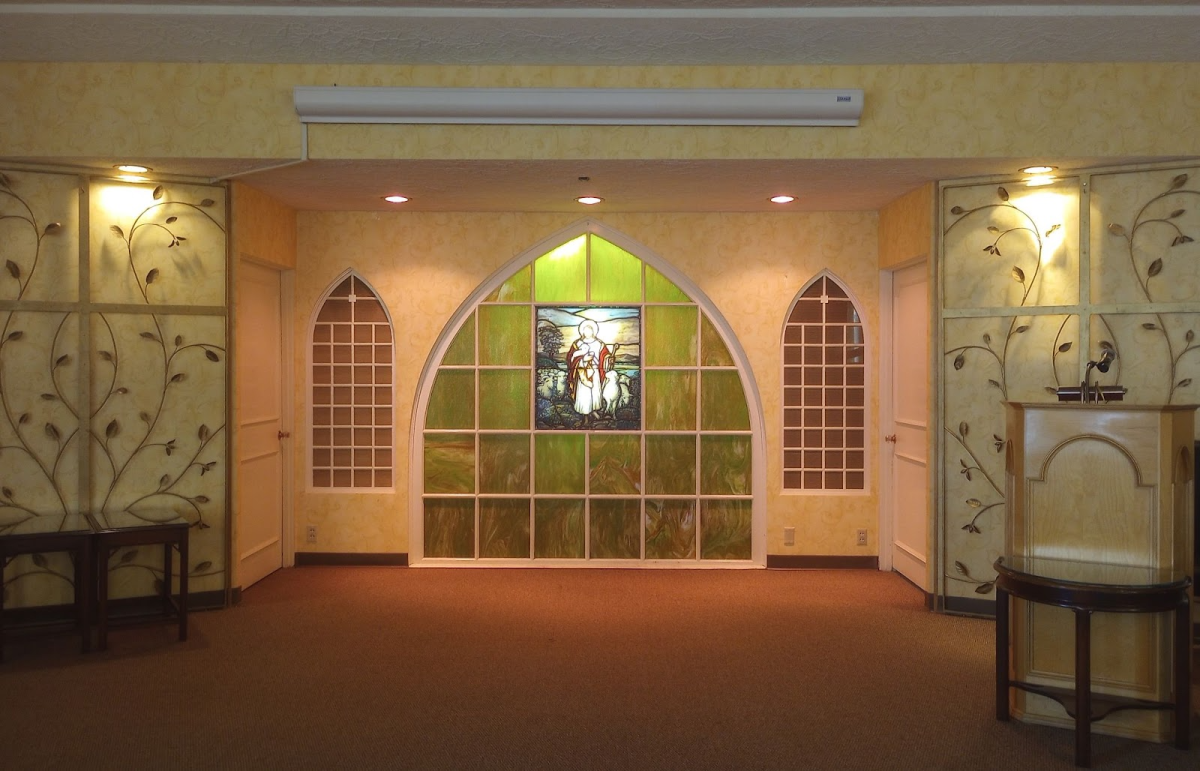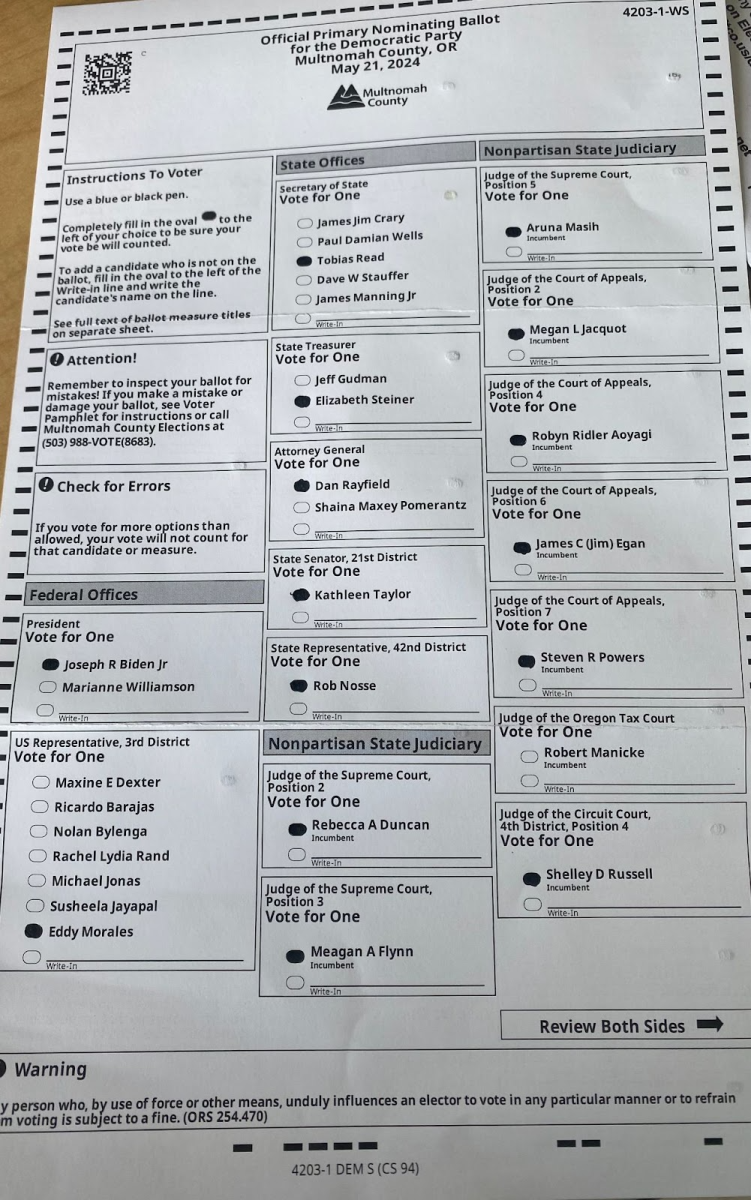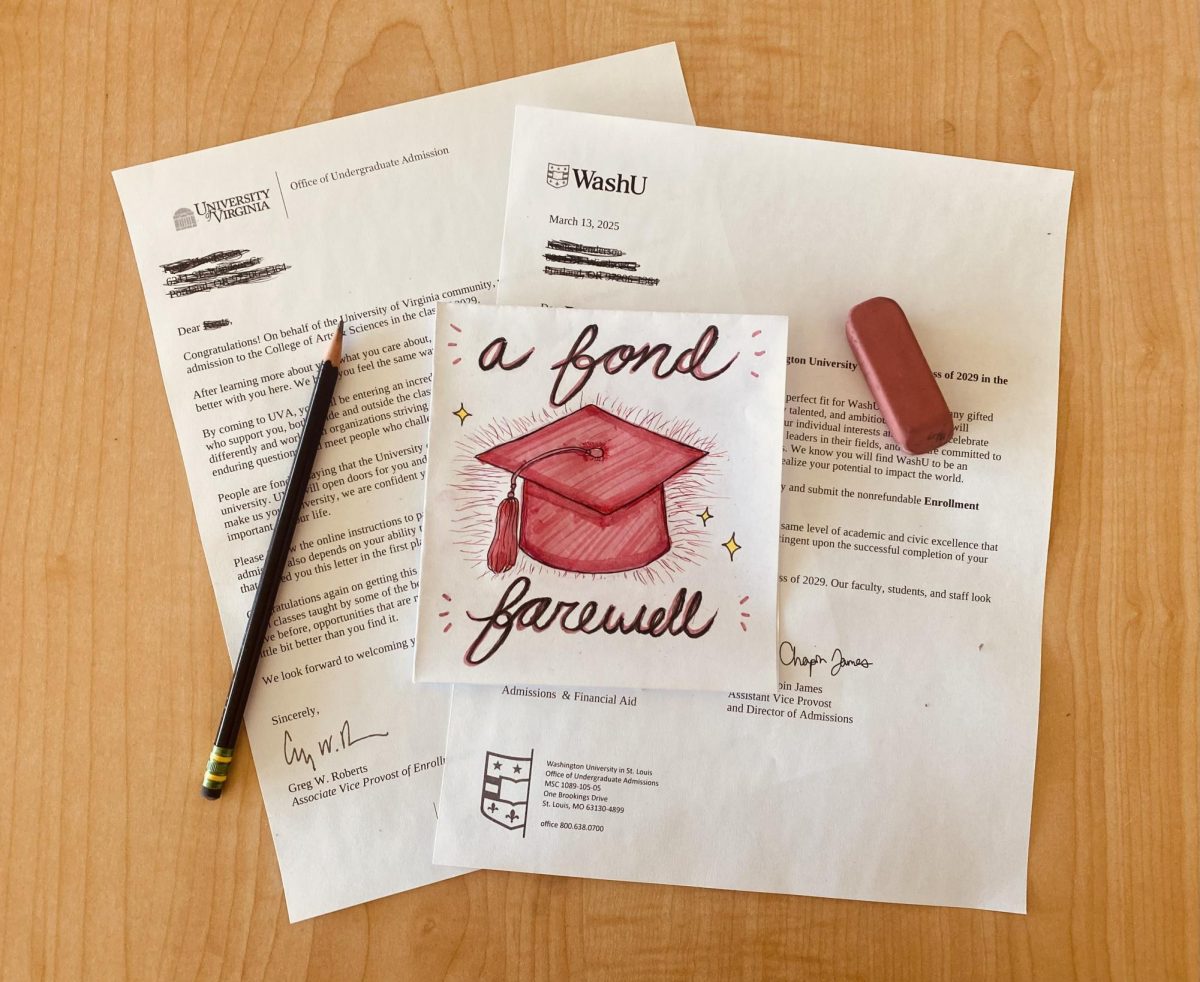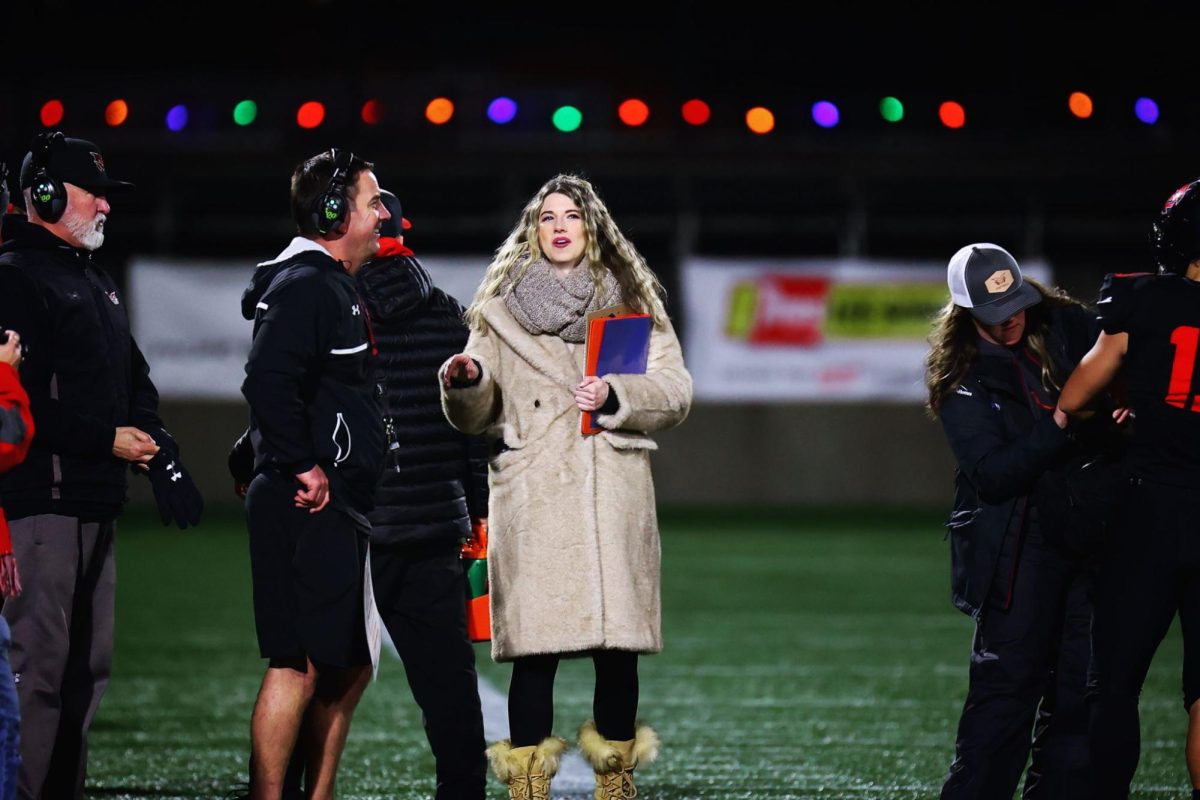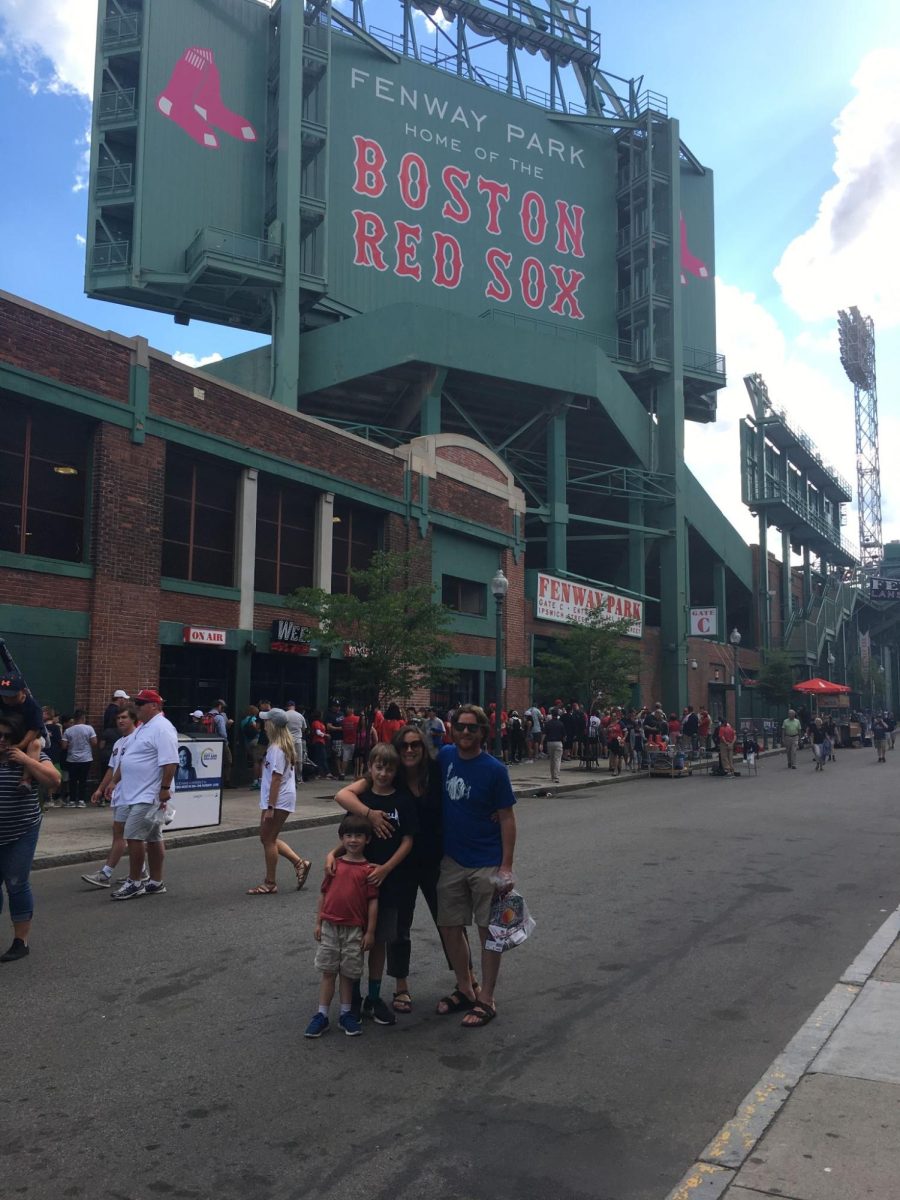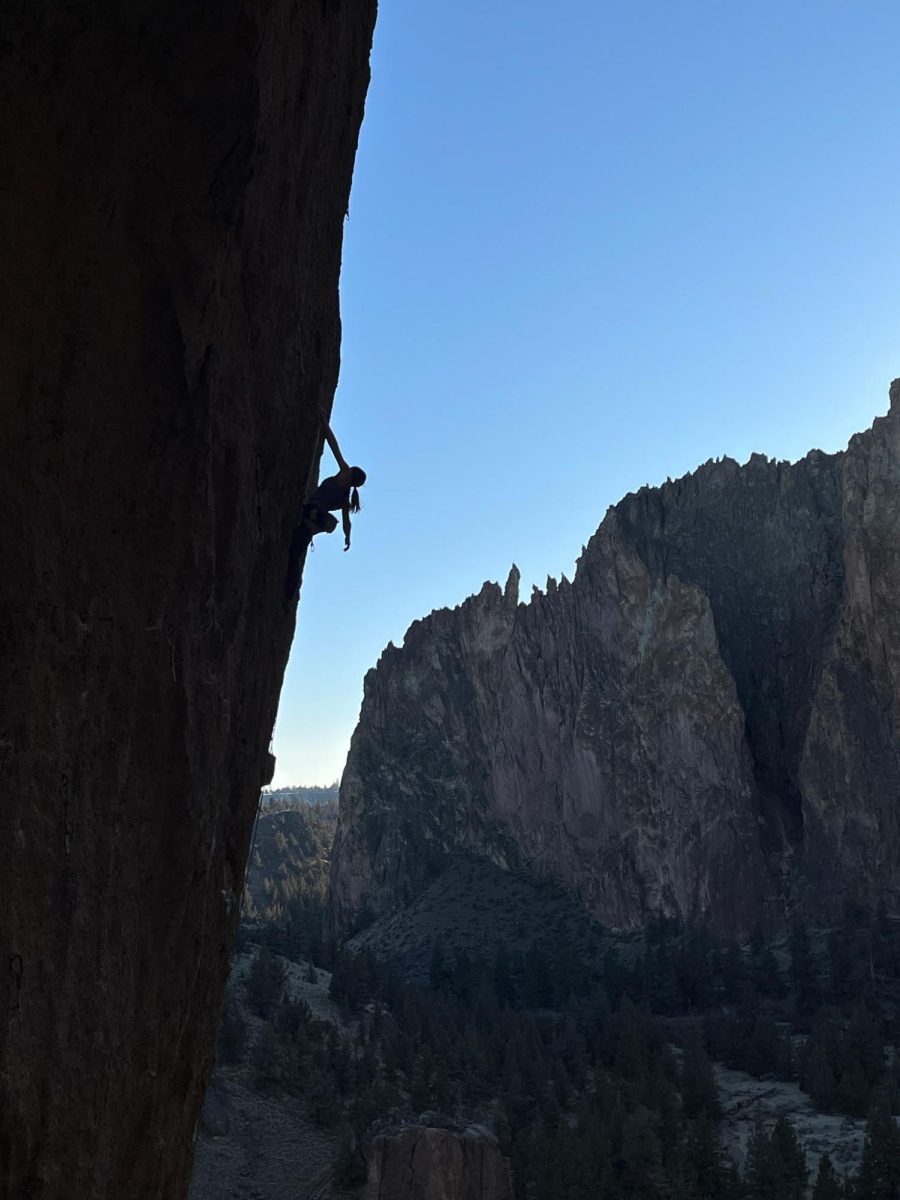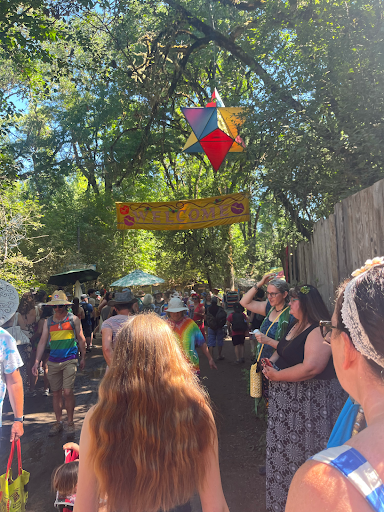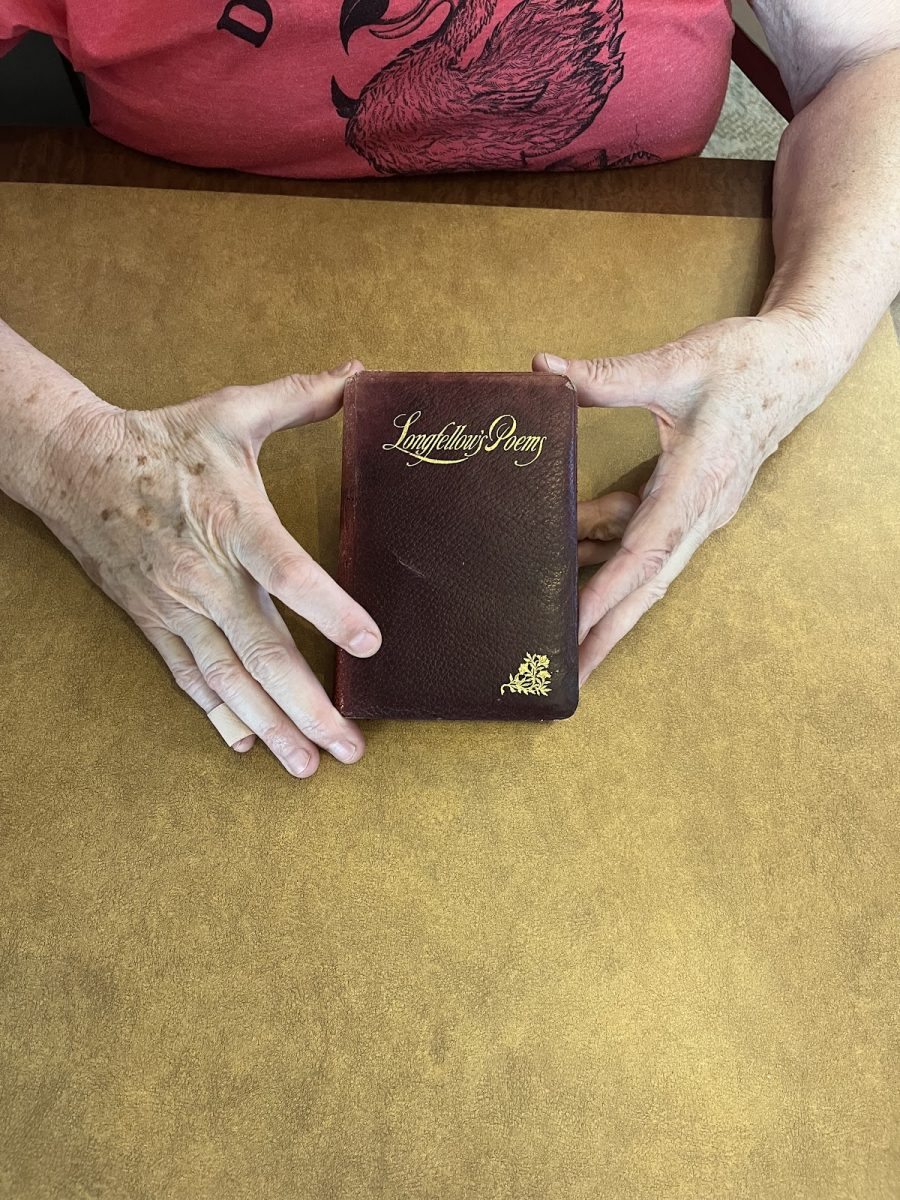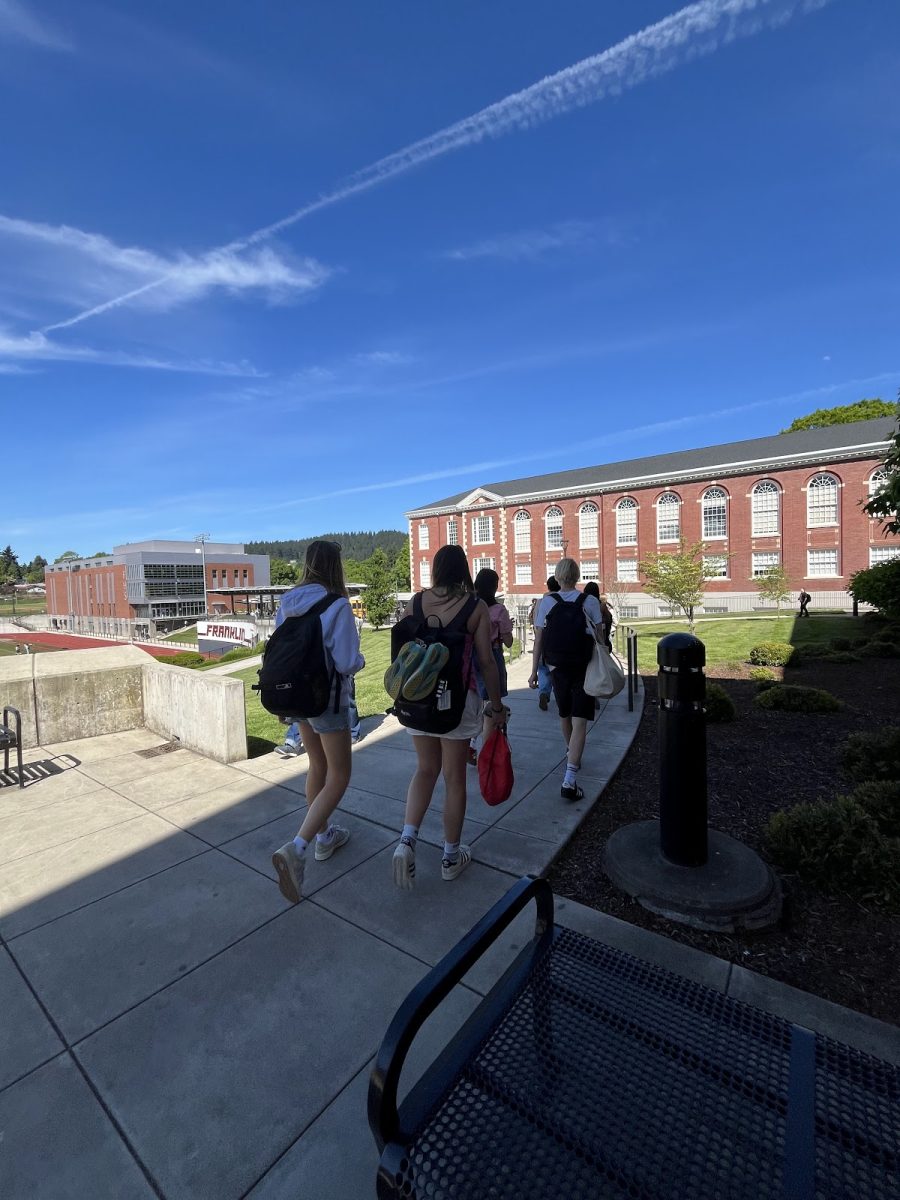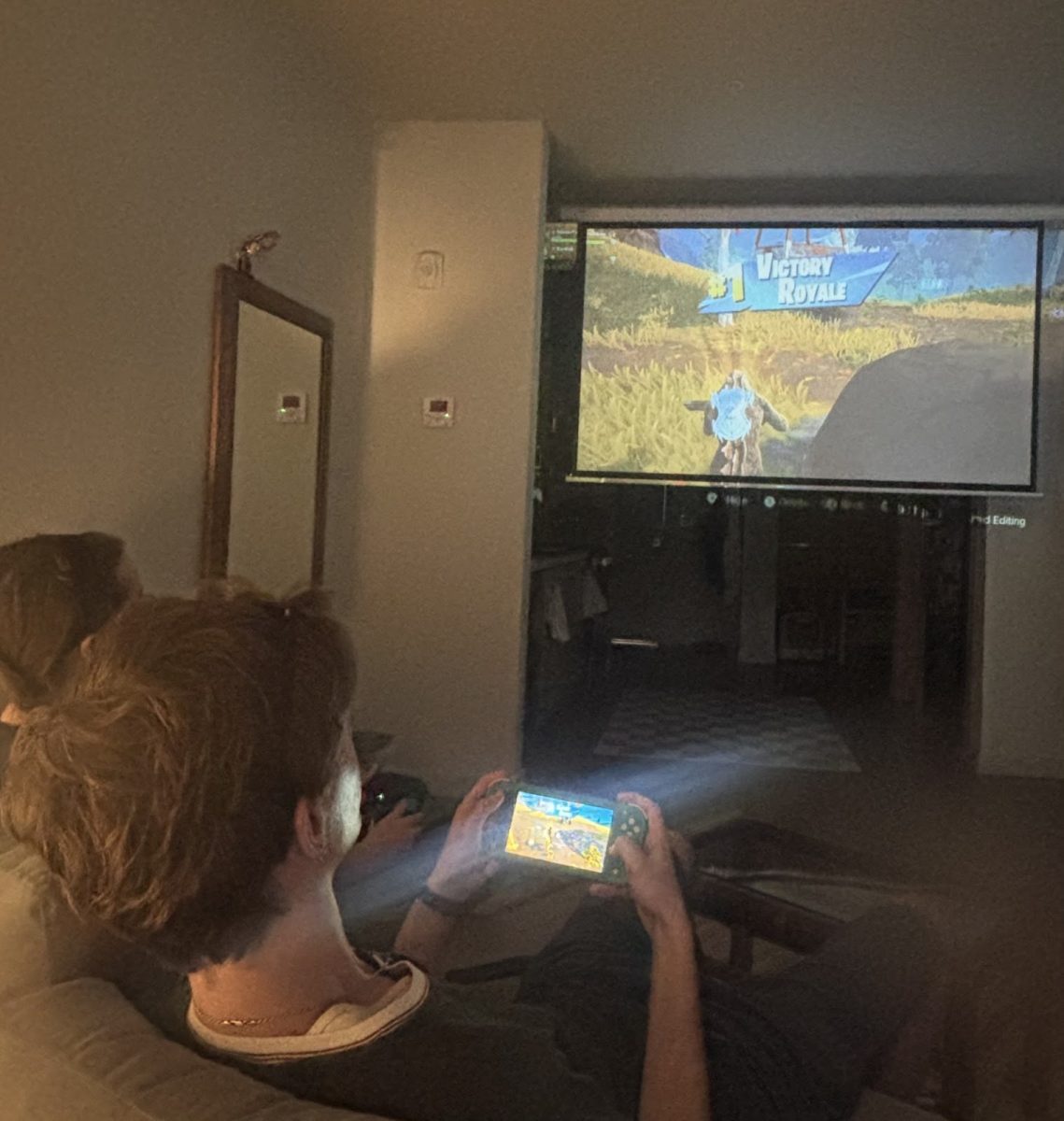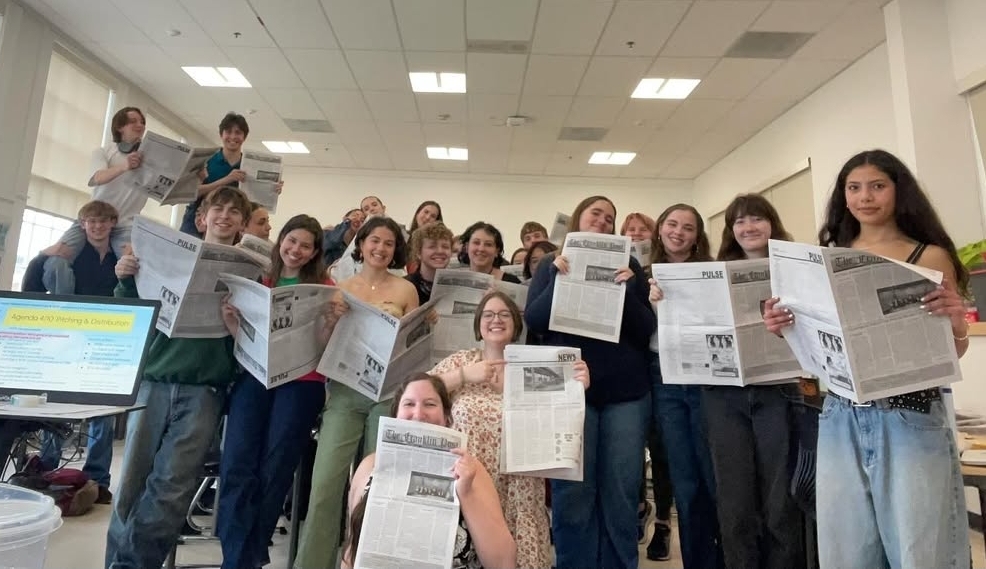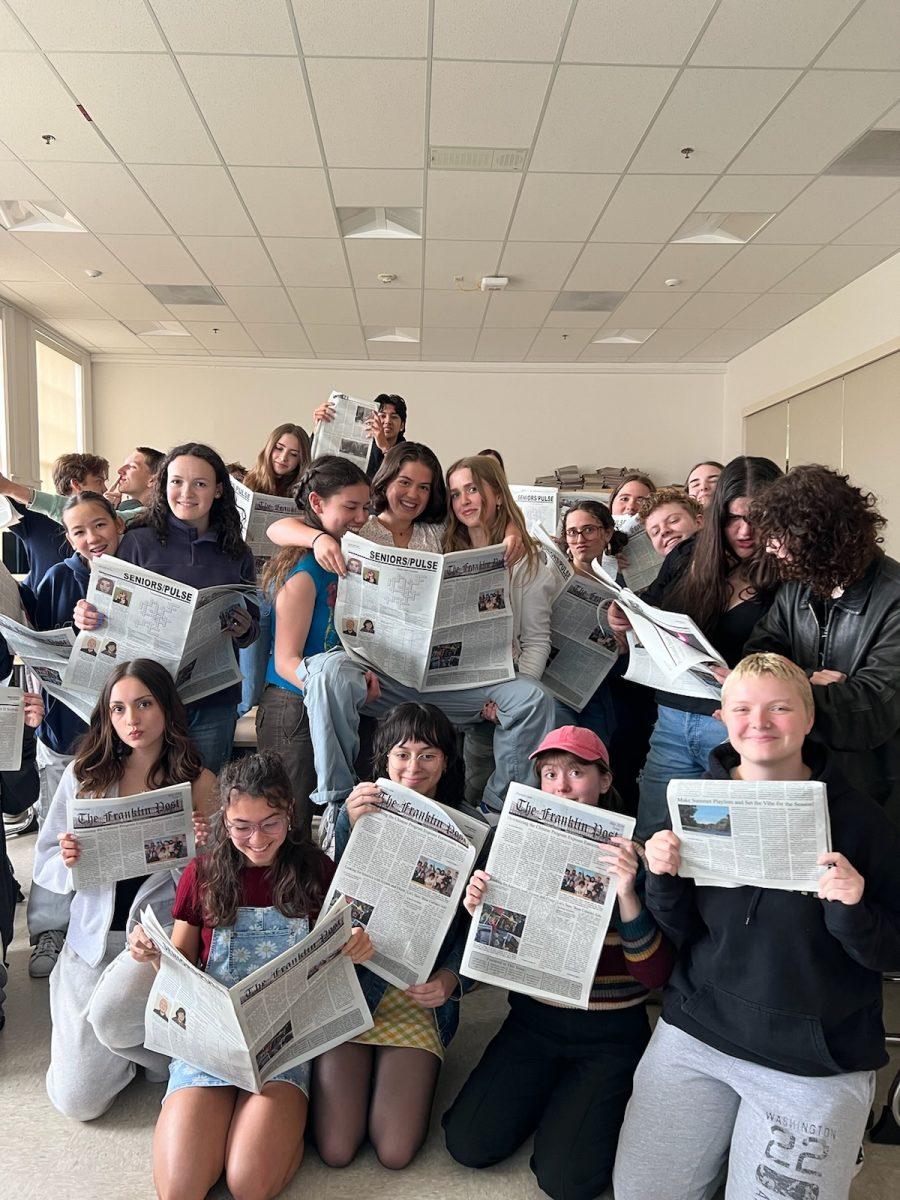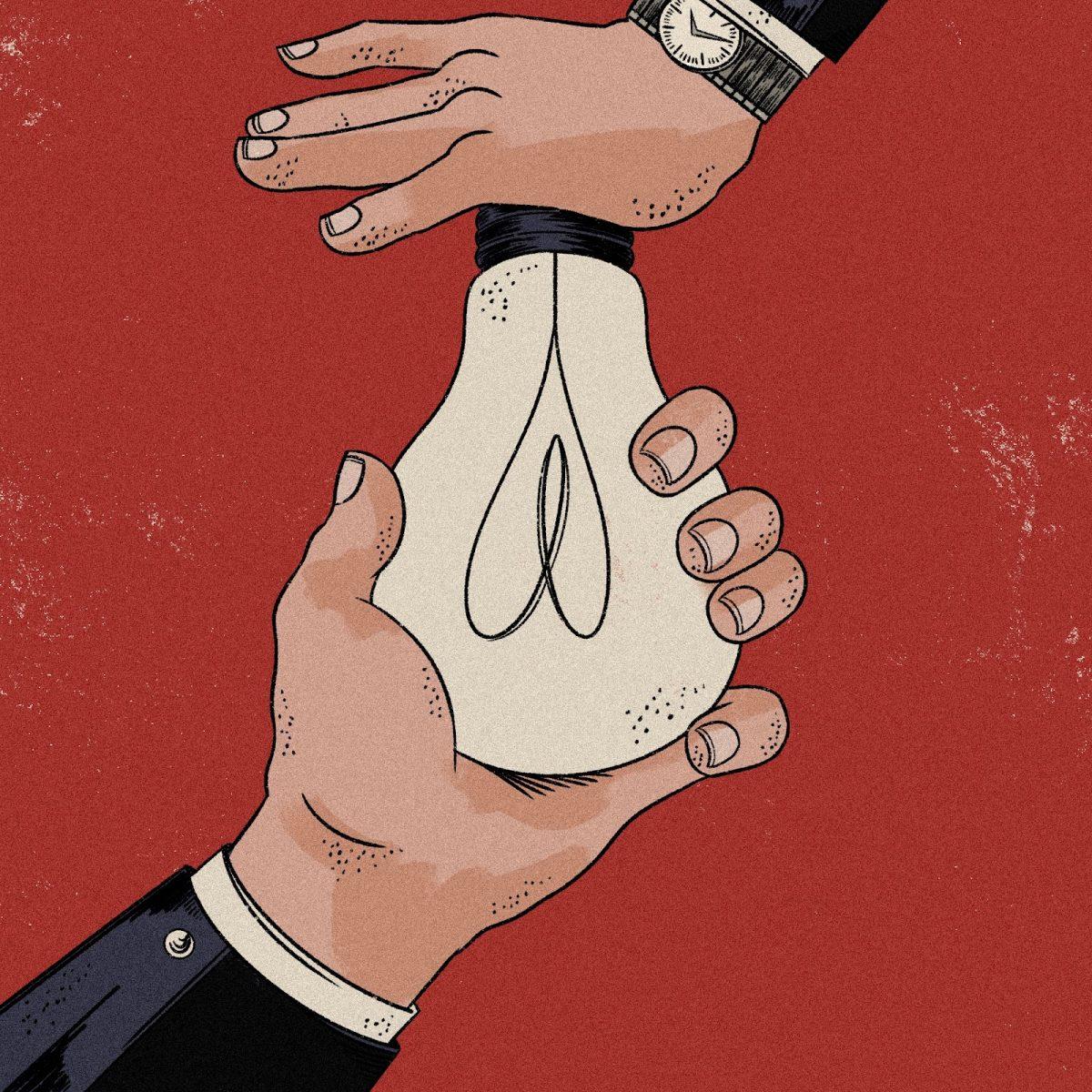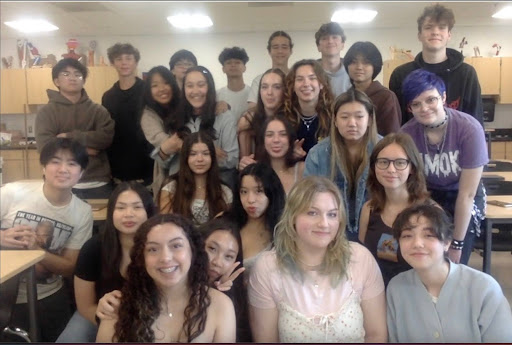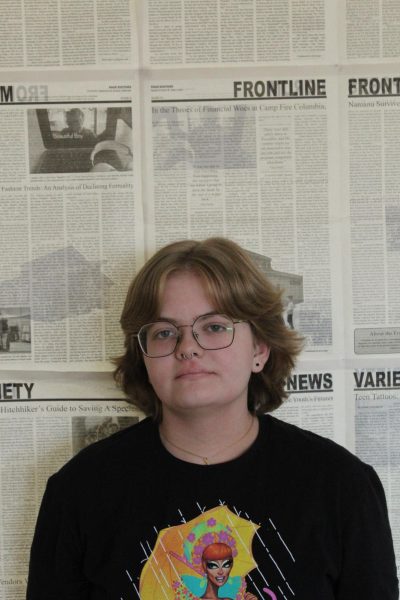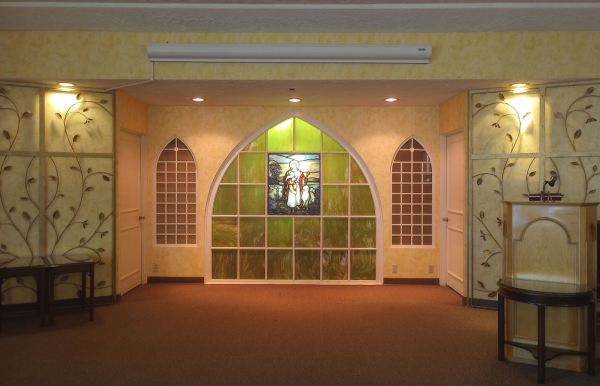
Among the wide array of professions, some naturally receive more attention than others. Common childhood dream jobs such as a nurse, teacher, and astronaut often come immediately to mind. With so much focus on well-known jobs, it’s easy to forget about the more unique and uncommon professions. Often overlooked is the field of funeral service and preparation. This is something people often don’t think about until they plan or attend a funeral. The work done by those in the funeral industry is frequently overlooked, despite the large role that funeral directors play during one of the most difficult times in people’s lives.
There is generally a negative perception of the funeral industry due to its association with death and dead bodies. Because of this, it can be hard to understand why people would choose to work in that field. Iraiza Sanchez, a funeral director at Mt. Scott Funeral Home, originally wanted to be a nurse but decided against it. “The anxiety I had about someone possibly dying on my hands just made me a little nervous,” she says. So I wanted to look for another way to help families.” Knowing she wanted to work in a familial care centered field, a family member suggested she look into funeral directing, which she was intrigued by. She started at Mt. Hood Community College (MHCC) and completed her two year Funeral Service Education course. Although she hadn’t originally planned on working in the funeral service industry, Sanchez realized it was a way to achieve her goal of helping people.
Others were drawn to the scientific aspects of the field. Chelsea Cush, a funeral director and instructor at the Pittsburgh Institute of Mortuary Science (PIMS), became interested in the field after learning about green burials during school for her master’s degree in environmental science. After earning a diploma in mortuary science, she became a certified funeral celebrant and a certified funeral service practitioner.
A funeral celebrant plans and leads religious and non-religious ceremonies. People come into the funeral industry from many different paths and ideas, but whether it is to help, or science behind it, most people who work as funeral directors and embalmers are not the modern equivalent to a plague doctor as people sometimes seem to imagine.
The requirements to become a licensed funeral director or embalmer are more extensive than some may realize. Cush explains, “The criteria for licensure vary from state to state but most states require a certain number of mortuary college credits, an internship, and the passing of both a national and state examination.” In Oregon, mortuary science students take the National Board Exam (NBE). The NBE is administered by representatives from individual states’ licensing boards, all of whom belong to the International Conference of Funeral Service Examining Boards. The test covers thirteen subjects including chemistry, anatomy, restorative art, and funeral law. Once the exam is passed, people can obtain their license through the Oregon Mortuary and Cemetery Board. Sanchez explains that it’s possible to just get certified in the funeral directing, “[but] if you don’t have your credentials you can’t enter any of the prep rooms.”
Many universities don’t offer mortuary science, so students often attend specialty schools such as PIMS and Mid-America College of Funeral Service. Other options are often through community colleges such as MHCC and Jefferson State Community College in Alabama. In Oregon, MHCC is the only college that offers a funeral or mortuary program, which covers embalming and funeral directing. The embalming part of the program includes labs with actual decedents that students prepare for funeral services. “The funeral homes that provide the decedents, they give the families a discount and they do ask permission prior to releasing them into their care,” says Sanchez.
People often approach death with some hesitancy as it is often their first time dealing with it. Funeral planning can be overwhelming, especially during a time that’s already full of grief and unknown. That is what funeral directors are there to help with.
Sanchez says a misconception she faces is that the funeral industry is just taking money from clients. This is understandable, especially considering that caskets alone can cost close to $11,000. The idea often stems from the pay funeral directors receive — funeral directors in Oregon make $67,811 per year on average — and partly from the differences between the East Coast and the West Coast. “It’s not like the East Coast where you’re doing traditional services, like burial,” says Sanchez. “Here on the West Coast, we do more cremation, so it doesn’t make as much revenue as the East Coast.” This information also corroborates the idea that funeral services are taking excess money because a traditional graveside burial can cost around $5,000 compared to cremation, which is approximately $2,000. Sanchez wishes people would see that “We’re not here to make money. We’re here to help people.”
Professions that involve difficult situations such as death and grief come with many complexities. It can be easy to ascribe a single thought or description to something that one doesn’t understand, but doing so can create unnecessary stigmas around the field and the people involved in it. Jobs in the funeral industry are sometimes dismissed as morbid, but for Sanchez, it is a “self-fulfilling career.” A balanced public image is important for any public service industry, and for funeral directors, exposure of the emotional complexities that come with the job does just that.

